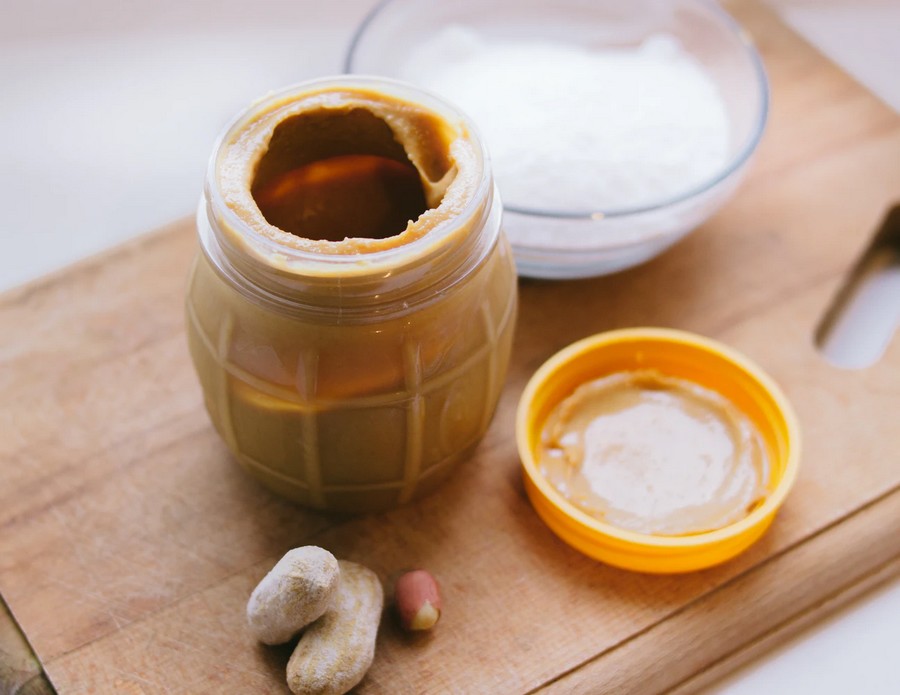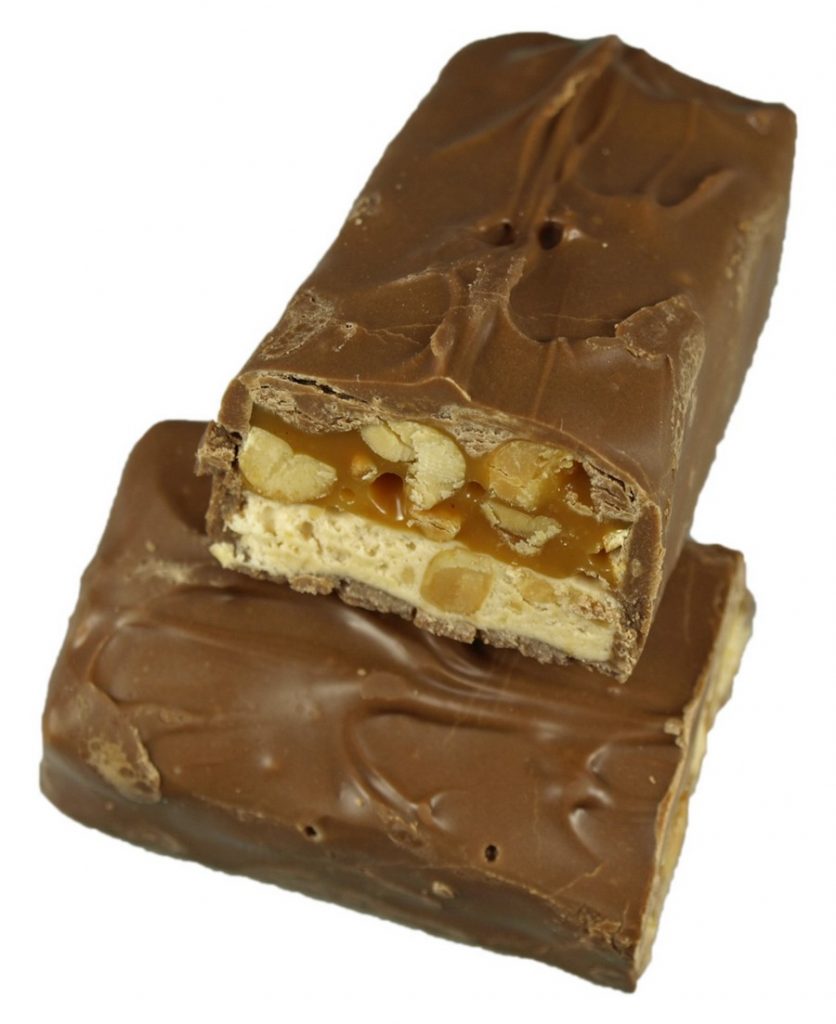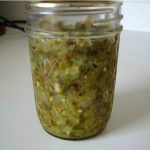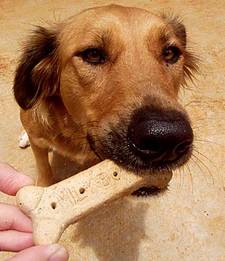Are mice in your home outsmarting you by avoiding your traps or taking the bait without getting caught? This article will give you information about different baiting methods that the exterminators use so you’ll minimize your chances of empty traps and those scurrying noises in your ceilings. It will also give you information on what is the best bait for a mouse trap.
Food Bait: The Best Bait for a Mouse Trap
This is the best bait for mouse traps since it doesn’t involve poison There are many types of bait that work well for catching mice and rats. The secret is having good aroma because rodents’ sense of smell is very acute. You just have to remember to change the bait occasionally as some become rancid, dry out or deteriorate badly, emitting no aroma. Bait also must be more tempting, or at least different in smell, than the food the mice are currently eating.

Brand name peanut butter is one of the best baits for a mouse trap, but some generic and natural brands use fillers that turn waxy or rancid. Mice and rats are attracted to fats and sweets, as well as grains. Bird seed and pet food are also great baits. This is why homes of people who feed birds or have dogs and cats very often have mice. Homes with horses on the property or other livestock operations also generally have mice.
If the bait doesn’t catch a mouse within the first few days, try something else. Offering a source of bedding, such as tissue or small cotton ball, with a drop of vanilla, maple or chocolate syrup is good bait. Mice look for nesting materials as they multiply.

Caramel, jelly beans and tootsie rolls work well, and so do Snickers bars and Slim Jims. The rule to remember is that most any aromatic food is a good choice for baiting a mouse trap.
Food bait is ideal for snap traps, live traps, and electronic traps. When setting snap traps, place the least amount of bait possible on the trap since the more bait you use, the easier it is for mice to remove it without activating the trap.
The problem of losing bait without catching the mice or rat is solved by using electronic traps. Electric traps, the most effective type of mouse trap, have a pressure-sensitive plate in front of the bait, so as a mouse approaches, it received an electrical shock that kills within seconds. The trap also has a built-in safety, which disables the trap if the door is opened to access the bait, making it safe for pets and children. The most effective electronic mouse traps available today hold up to 10 bodies before needing to be reset.
Rodenticide Anticoagulant Bait
Anticoagulants can be used in conjunction with bait. Anticoagulants cause death as a result of internal bleeding, which occurs as the animal’s blood loses the ability to clot and capillaries are damaged. The active ingredients are used at very low levels and the onset of symptoms is delayed, so the rodent does not avoid the bait because of its taste or the onset of illness. When prepared with quality cereals and other bait ingredients, all anticoagulant baits provide good to excellent house mouse control if placed in suitable locations for the mice.
Because some anticoagulants require multiple feedings over several days before a lethal amount is ingested, fresh bait must be made available to mice continuously over a period of time. In practice, baits can be offered to mice for at least 2 weeks or as long as feeding occurs. While the newer anticoagulants (brodifacoum, bromadiolone, and difethialone) may be capable of causing death after a single feeding, the mice do not die until several days after feeding on the bait. Therefore, the method of setting the bait out is essentially the same as for the older anticoagulant products warfarin, diphacinone, and chlorophacinone.
Anticoagulants have the same effect on nearly all warm-blooded animals, but the sensitivity to these toxicants varies among species. If misused, anticoagulant poisoning can cause the death of pets, livestock, or desirable wildlife that may feed on the bait. Additionally, residues of anticoagulants that may be present in the bodies of dead or dying rodents can cause toxic effects to scavengers and predators. However, this “secondary hazard” from anticoagulants is relatively low when baits are used properly.
Symptoms of anticoagulant poisoning in mammals include lethargy, loss of color in soft tissues, such as the lips and gums, and bleeding from the mouth, nose, or intestinal tract. Because all rodenticides can be toxic to humans, particular care should be taken to keep rodent baits out of the reach of children. Vitamin K is the antidote for anticoagulant rodenticides, although in cases of severe poisoning, whole blood transfusion is also used.
All baits must be used according to the label directions. Use rat and mouse baits in a way that makes bait available solely to rats or mice. The newer anticoagulants (brodifacoum, bromadiolone, and difethialone) have never been approved for use in agricultural or field situations or for use against ground squirrels, meadow mice, pocket gophers, or any other rodents except house mice, Norway rats, and roof rats. This is because these newer materials are more persistent in the body once ingested, and thus they may pose a greater hazard to non target wildlife, including predators and scavengers. Careful bait use will reduce the chance that rodenticide residues will occur in non target animals.
Other Rodenticide Bait
In addition to the anticoagulant baits, there are other rodenticides available for use against the house mouse. Although not anticoagulants, bromethalin and cholecalciferol are used in a manner somewhat similar to the anticoagulant products. These two materials are formulated to serve as chronic rodenticides, so that house mice will have the opportunity to feed on exposed baits one or more times over the period of one to several days. Bait acceptance is generally good when fresh, well-formulated products are used.
Another material, zinc phosphide, differs from bromethalin and cholecalciferol in that it is an acute toxicant that causes death of the mouse within several hours after a lethal dose is ingested. When using zinc phosphide baits, prebaiting (offering mice similar but nontoxic bait before applying the zinc phosphide bait) is recommended in order to increase bait acceptance. If acceptance of prebait is poor, do not apply toxic bait, but change the bait material or its placement. Zinc phosphide bait is not designed to be left available to mice for more than a few days, as continuous exposure is likely to result in the mice learning to avoid the bait, a behavior known as “bait shyness.” The advantage of using zinc phosphide bait is its ability to achieve a comparatively quick reduction of a mouse population. Because bait shyness can occur with zinc phosphide baits, these products should not be used more frequently than once or twice per year at any given location.
Rodenticide Precautions
When using any rodenticide, carefully follow label instructions and understand all precautions. Never place baits where children or non target animals can access them. Remove and properly dispose of all uneaten bait at the end of a control program. In addition, it is wise to collect and properly dispose of any dead rodents found during the course of rodenticide application. You can pick them up, using a sturdy plastic bag inverted on your hand, and seal them in the bag for disposal with household garbage, or bury them in a location where they will not be easily dug up by pets or scavengers.
Mouse Bait Rodenticide Tips
- If you see mouse droppings that are the same color as the rodenticide, this means the mice have been eating the bait
- Usually, it only takes a few rodenticide pellets to kill a mouse
- Store poison bait out of reach from children and pets
- Call poison control in case of rodenticide ingestion
- Try to leave the least amount of bait as possible on traps, especially snap traps
- Glue traps do not need baited
- Electronic traps are the most effective mouse traps

